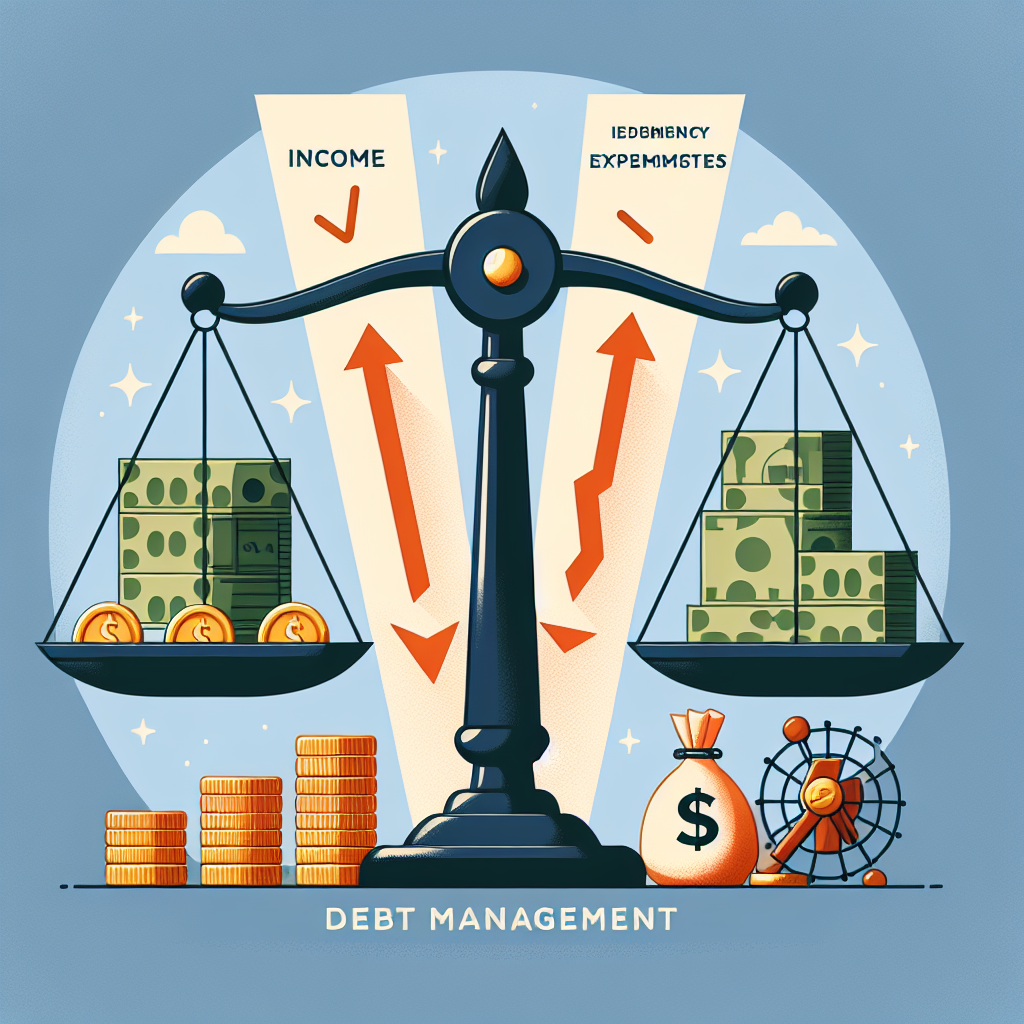
One of the most significant policy shifts in recent times has been in the realm of healthcare. The Affordable Care Act, also known as Obamacare, brought about sweeping changes to the healthcare system, aiming to increase access to affordable health insurance and improve the quality of care. However, with the change in administration, there have been efforts to repeal and replace certain provisions of the ACA, leading to a heated debate on the future of healthcare in the US.
The US government's stance on environmental protection and climate change has witnessed notable shifts over the years. While previous administrations have taken steps to address environmental challenges through regulations and international agreements, the current administration has rolled back some of these measures in favor of promoting domestic energy production. This change in approach has sparked criticism and raised concerns about the long-term environmental consequences.
Immigration policies and border security have been hotly debated topics, with significant changes being implemented in recent years. The shift towards stricter border enforcement and proposals for immigration reform have divided opinions across party lines. The construction of a border wall, changes to visa programs, and the handling of undocumented immigrants are among the key areas where policy changes have been most pronounced.
Tax reforms and economic policies have been at the forefront of the government's agenda, with efforts to stimulate economic growth and create jobs. The Tax Cuts and Jobs Act of 2017 represented a major overhaul of the tax code, reducing corporate tax rates and introducing changes to individual tax brackets. These reforms have had far-reaching implications for businesses, individuals, and the overall economy.
The US government's approach to foreign relations and trade has seen significant shifts in recent years, marked by renegotiated trade deals, diplomatic conflicts, and global realignments. The imposition of tariffs on imports from various countries, withdrawal from international agreements, and recalibration of diplomatic priorities have defined the current administration's foreign policy agenda.
The landscape of US government policies is dynamic, with key changes being driven by a range of factors and influences. Understanding these shifts is essential for grasping the direction of governance in the United States and the implications for various stakeholders. As policies continue to evolve, it is crucial to monitor the impact of these changes and engage in informed discussions on the future of governance and public policy.
[1] - www.example.com/reference1
[2] - www.example.com/reference2








